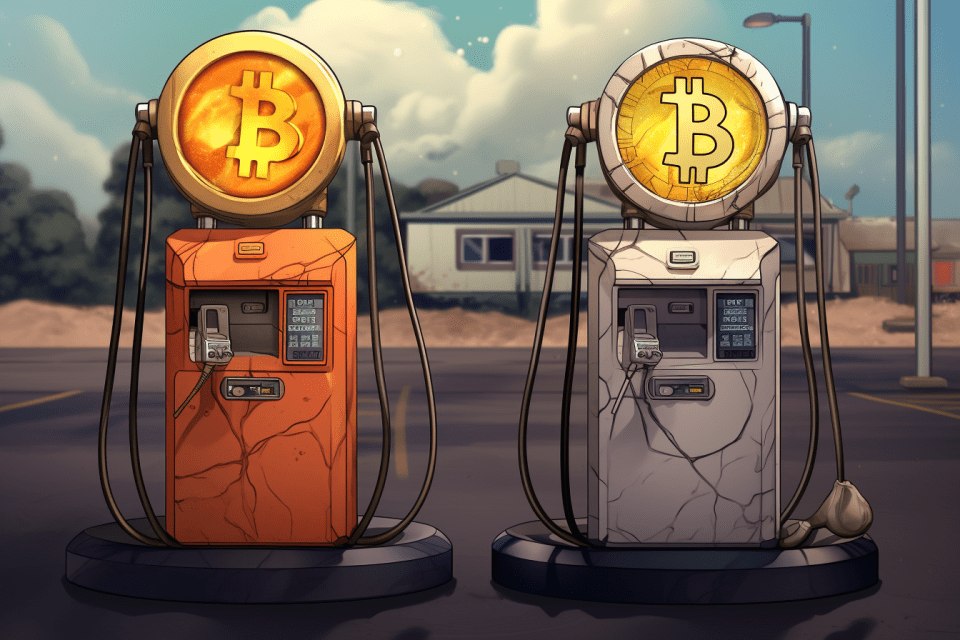Understanding the Recent Spike in Transaction Fees on Ethereum and Bitcoin
A recent surge in transaction fees on Ethereum and Bitcoin has reignited the ongoing debate around scalability solutions and the role of layer 2s. Over the past 24 hours, cryptocurrency users have shared screenshots showing significantly high transaction fees on both networks. Gas fees on Ethereum have reached as high as $220 for a high-priority transaction, while Bitcoin users reported fees averaging around $10. These fees have prompted users to explore alternative blockchains, such as Solana, which offer significantly cheaper transactions.
The High Cost of Gas Fees
Gas fees on Ethereum have been a topic of concern for some time now. At the time of writing, a transaction from an Ethereum hot wallet incurs a network cost of $45.65 for a $300 transfer on decentralized exchange Uniswap. This significant increase in gas fees has led many proponents of Solana and other blockchains to highlight the lower transaction costs on their respective networks. Solana, for example, charges only $55-60 per minute for all users, while Ethereum users are paying that much for a single transaction.
Another blockchain, PulseChain, claims to offer gas fees that are 4,000 times cheaper than Ethereum and 14,000 times cheaper than Bitcoin, according to a user named “KaisaCrypto.” The rising gas fees not only impact the overall cost of transactions but also raise concerns about how it affects lower-income users and the unbanked population.
The Historical Context of Gas Fees
Prior to this recent spike, transaction costs on Ethereum averaged around $11.35 on November 8th. A few weeks earlier, on October 14th, fees fell to as low as $1.40, the lowest level recorded in 2023. Gas fees on Ethereum reached their peak at $196 on May 1st, 2022, while they consistently remained above $20 between August 2021 and February 2022.
Scalability Solutions: Base Layer vs. Layer 2
The debate around scalability solutions revolves around whether to scale the base layer or rely on layer 2 solutions. Bitcoin and Ethereum developers have chosen to prioritize decentralization and security at the base layer, offloading much of the execution environment to layer 2s to reduce transaction costs. The Lightning Network is used to scale Bitcoin, while Ethereum has several layer 2 solutions, such as Arbitrum, Optimism, and Polygon.
Transactions on layer 2 networks are often less than $1, making them cheaper and faster. However, not everyone agrees that layer 2 solutions are the best approach to tackle scalability. Justin Bons, the founder of cryptocurrency investment firm Cyber Capital, advocates for monolithic blockchain architectures where consensus, data availability, and transaction execution are all handled on the base layer. Solana is an example of such a blockchain. Critics argue that modular blockchain designs, like Ethereum and Bitcoin, are better suited to solve scalability issues.
Conclusion
The recent spike in transaction fees on Ethereum and Bitcoin has once again brought the issue of scalability to the forefront. While proponents of Solana and other blockchains highlight their significantly cheaper fees, there is still a debate around the best approach to tackle scalability. Whether it’s scaling the base layer or relying on layer 2 solutions, the ultimate goal is to make transactions more affordable and accessible for all users.

